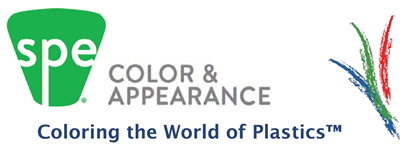Effects On Extruder Wear For The Manufacturing Of Color Masterbatch
[one_half]Ed Ford
General Manager
STEERLife and Pharmaceuticals
Ed is currently the General Manager; STEERLife and Pharmaceuticals, which is the Life Sciences Division of STEER World and is responsible for the management of pharmaceutical development and equipment business for North and South America.
Ed has thirty-six (36) years’ experience in the Color Masterbatches industry with twenty years on the manufacturing side, including the Engineering Manager of the Americas for Clariant Masterbatches, then sixteen (16) years on the sales side for the twin screw extruders used in the Masterbatches industry with positions at STEERAmerica, Leistritz, and others.[/one_half] [one_half_last]
 [/one_half_last]Ed currently serves on the Board of Directors for the Society of Plastics Engineers (SPE) Color and Appearance Division (CAD), holding the position of Technical Program Chairman for this year’s ANTEC and this year’s RETEC for the Color and Appearance Division.
[/one_half_last]Ed currently serves on the Board of Directors for the Society of Plastics Engineers (SPE) Color and Appearance Division (CAD), holding the position of Technical Program Chairman for this year’s ANTEC and this year’s RETEC for the Color and Appearance Division.
Ed earned his undergraduate degree in engineering from the University of Delaware in 1996
Abstract
During the manufacturing of plastic masterbatch the plastics are melted and pigments dispersed through energy input from mixing elements, typically 2 lobe kneading blocks. These processes cause the kneading elements to wear from the abrasive action of high concentrations of pigments. As wear progresses the diameter of the kneading elements are reduced. This study analyzes the effect of process section wear on the quality of pigment masterbatch using a co-rotating twin screw extruder. A 30% phthalo blue in LDPE and a 50% TiO2 PET masterbatch were prepared using a typical process extruder process section and conditions for the manufacturing of masterbatch. All blended materials were fed into the feed throat for the production of the masterbatch samples. New kneading elements were initially used for the analysis. After the production of initial masterbatch samples using the new kneading elements the kneading elements were removed from the extruder and the outer diameter (OD) was reduced by 1%. Samples were produced using the reduced OD kneading elements. This procedure was again repeated after reducing the OD by 2%, 4%, and 8%. The quality of each of the masterbatch samples was tested using Filter Pressure Value and Color Strength analysis. Additionally, a Film Index analysis was performed on the PET masterbatch samples. Results are analyzed and reported.
